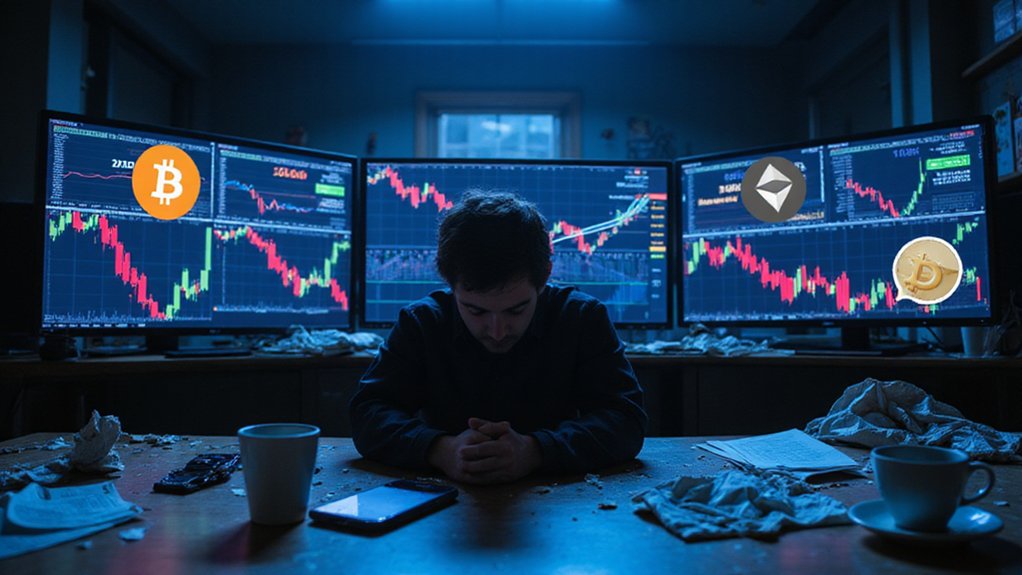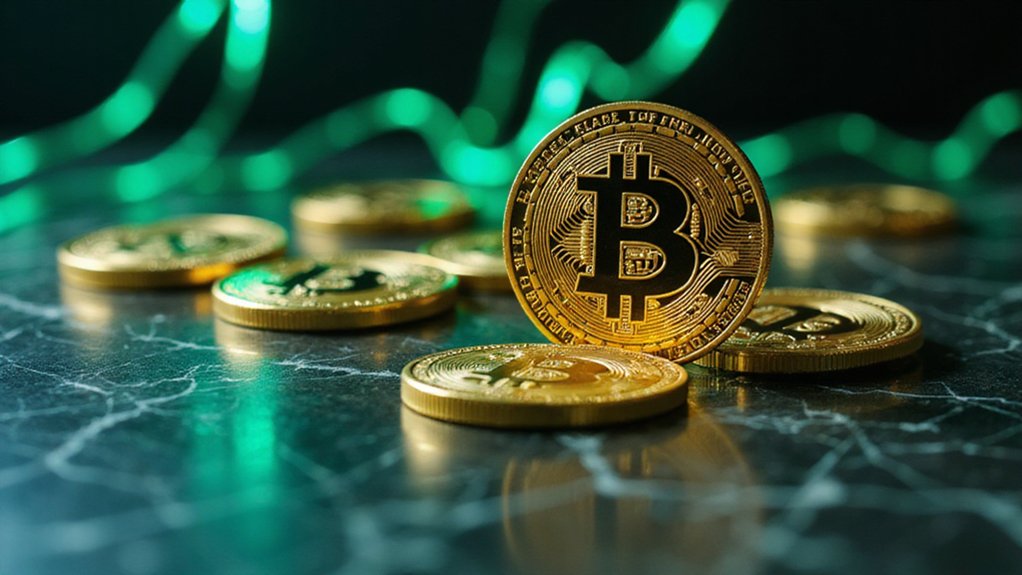While Bitcoin’s recent capitulation below the $105,000 threshold on May 30, 2025, might have caught overleveraged bulls off guard—evidenced by the $617.85 million in long liquidations among the day’s $683.4 million futures carnage—the cryptocurrency market’s latest convulsion reveals the familiar dance between geopolitical uncertainty and digital asset volatility.
The stalled US-China trade negotiations have triggered the predictable risk-off behavior that sends institutional money scurrying toward traditional safe havens, leaving digital assets to absorb the selling pressure.
Bitcoin’s technical breakdown below the psychologically significant $105,000 level coincided with the broader crypto market cap plunging beneath $3.35 trillion, triggering algorithmic selling programs that amplified the decline with mechanical precision.
Perhaps more telling than Bitcoin’s stumble was the $385.65 million in net outflows from spot Bitcoin ETFs—a stark reminder that institutional adoption remains a double-edged sword.
When sentiment sours, these same vehicles that propelled Bitcoin’s ascent become conduits for accelerated exits.
Yet amid this market chaos, XRP has demonstrated curious resilience, bucking the broader trend with gains that highlight the cryptocurrency ecosystem’s increasingly divergent behavior patterns. The technical indicators reveal XRP’s bearish momentum despite its current resilience, as traders remain trapped within a symmetrical triangle formation that suggests underlying market indecision.
While Bitcoin nurses its wounds and analysts speculate about a potential drop to $97,000 before any meaningful recovery, XRP’s performance suggests that investors are beginning to differentiate between digital assets based on their unique value propositions rather than treating them as a monolithic asset class. Technical analysis suggests Bitcoin could potentially find major support at the $97,600 level via the 200-day moving average.
The irony isn’t lost that trade tensions—ostensibly between the world’s two largest economies—can trigger such dramatic responses in decentralized digital currencies supposedly immune to traditional geopolitical machinations.
Yet here we are, watching Bitcoin’s price action mirror traditional risk assets while XRP charts its own course, perhaps benefiting from its distinct technological ecosystem and adoption patterns. This divergence reflects the broader market’s evolution toward recognizing different blockchain platforms’ unique characteristics, with some emphasizing transaction speed while others prioritize decentralization and ecosystem depth.
Short-term technical analysis suggests Bitcoin could face further pressure before finding stable footing, with some optimistic projections eyeing eventual recovery beyond $136,000.
However, such predictions carry the usual caveat of cryptocurrency markets: past performance and technical patterns often prove as reliable as weather forecasts in a hurricane.
The market’s current volatility underscores how quickly sentiment can shift when geopolitical uncertainty meets overleveraged positioning.









